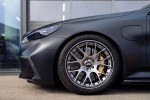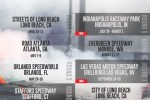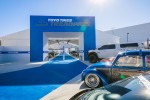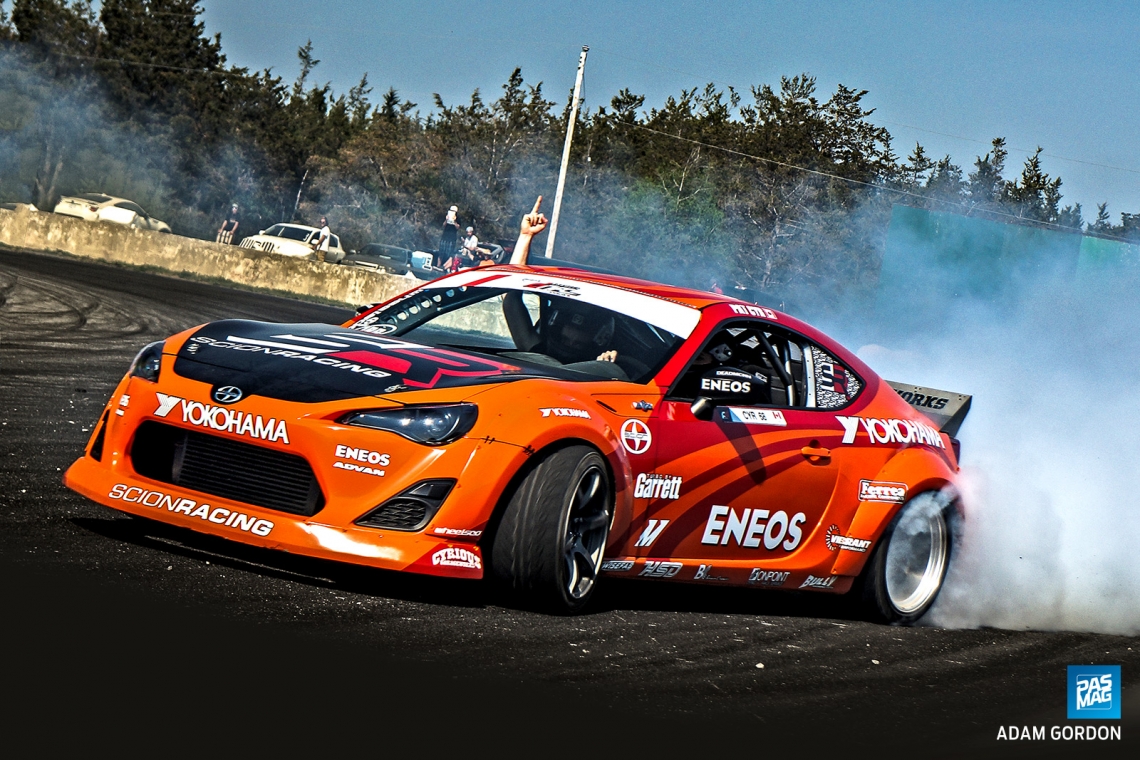Photography by Adam Gordon
Drifting has skyrocketed in popularity over the past decade, and everyone wants in on the action. Before you get in your RWD car and head to the track to get sideways, it’s important that you have your car set up properly. In order to get an idea of what you’ll need to modify, both at the amateur level, and when you get a little more competitive, we sat down with Pat Cyr. Cyr is a professional drifter who has assembled numerous drift cars in his shop, Cyrious Garageworks. We broke it down section by section to get you started.
SUSPENSION
Starting out:
You’ll want some coilovers to get the car lower for handling the abuse of throwing it around. Adjustable lower control arms and toe arms will help you correct alignment specs after lowering. Aim for as close to 0-degrees of rear camber as possible. Consider high-angle inner tie rods to get a few more degrees of steering over stock, without having to commit to a full angle kit.
Later:
If you start drifting competitively, it’s time to look at fine tuning adjustable coilovers for each track layout. You want to allow max weight transfer to the rear of the chassis for traction purposes. Fully adjustable angle kits, like Wisefab kits, will give you more angle.
ENGINE
Starting out:
Keep it stock! Beginner drifters should learn how to use speed and momentum to drift with low horsepower, not some high-power setup that you’re afraid to push. Stock engine setups tend to be more forgiving with abuse, which will give you maximum seat time on track day.
Later:
Once your skill level has progressed to the limitations of your setup, then consider adding power with bolt-ons, or go all out with an 800 horsepower 2JZ. Whichever works for you.
INTERIOR
Starting out:
A good supportive racing seat is all you need to get started. Feel free to remove things like the spare tire and jack in order to shave some weight, as well as remove any loose objects that could become projectiles.
Later:
If you start taking things seriously with big power and higher speeds, it’s time for a drift-spec roll cage, racing harnesses, and a stripped interior. Competition cars include things like fuel cells and rear-mounted radiators to keep some weight over the rear.
WHEELS/TIRES/BRAKES
Starting out:
Your stock brakes and e-brake will be fine for now, but consider upgraded street pads that can handle the heat. Keep the wheels the same width as stock when learning, but a grippy set of front tires will help prevent understeer and let you get confident.
Later:
When things get serious, every bit of weight counts. Lightweight brake kits keep unsprung weight down, and a rear dual caliper setup allows a consistent and quick application of e-brake-induced lock up. Grippy tires are still as important as ever, but are often wrapped around staggered wheel setups, with 1-inch smaller wheels up front for quick steering response during transitions. As power increases, so too does the size of the tires, especially in the rear.
DRIVETRAIN
Starting out:
It’s okay to learn on a stock differential. Limited-slip differentials will help you get used to the feeling of breaking the rear tires loose, especially if you throw in some clutch-kicking.
Later:
Speaking of clutch-kicking, if you start making that a habit, it might be a good idea to upgrade your clutch to something a little heavier duty. Stage 2 or stage 3 clutches from most aftermarket brands will be capable of handling any increased power. Consider spool differentials (1.5-way, 2-way) and upgraded axles if you start adding serious power to your setup.
Related Articles
 BBS Launches Two-Piece CH-R II Unlimited Wheel in 20–22 Inches
BBS Launches Two-Piece CH-R II Unlimited Wheel in 20–22 Inches
 KW Releases V3s Compatible with BMW Air Suspension and EVs
KW Releases V3s Compatible with BMW Air Suspension and EVs
 Genesis reveals first Magma production car and supercar concept
Genesis reveals first Magma production car and supercar concept
 Formula DRIFT 2026 Adds Three New Locations, Leaves Englishtown
Formula DRIFT 2026 Adds Three New Locations, Leaves Englishtown
 Clean Culture SoFlo Showdown 2025 Recap
Clean Culture SoFlo Showdown 2025 Recap
 SEMA 2025 Preview: Toyo Tires Treadpass Returns
SEMA 2025 Preview: Toyo Tires Treadpass Returns





